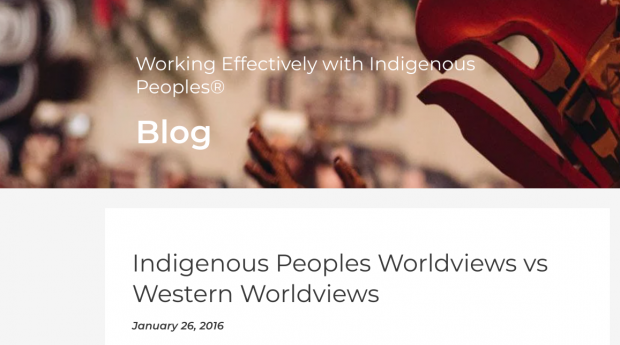My final post focuses on the different Indigenous content creators I will be exploring for my final project. I attempted to learn about and explore creators that were situated on the same land as I. I started with looking for Indigenous Toronto based creators, to Ontario and then any within Canada.
https://www.tiktok.com/@scottwabano?referer_url=www.ellecanada.com%2Fculture%2Fsociety%2F10-indigenous-content-creators-you-should-be-following&refer=embed&embed_source=70842512%2C120811592%2C120810756%3Bnull%3Bembed_name&referer_video_id=6969054109659925766
The above link is to Scott Wabano’s TikTok account–a Two-Spirit Iyiyuu creator from the Cree Nation of Waskaganish. His content uses a comedy-sense to represent Indigenous fashion and beauty content. He gears his content specifically toward Indigiqueer youths, relating to a wider audience and hoping to bring acceptance for people to feel comfortable and not ashamed to be who they are.
https://www.instagram.com/officialsherrymckay/?utm_source=ig_embed&ig_rid=d1767b04-315c-40f8-9018-2a61631235da
Sherry McKay is Sagkeeng First Nation in Winnipeg, a public speaker and works to empower other Indigenous people to share their content and voices via social media. A previous post I made about TikTok’s accelerator program is made with help of Sherry McKay to assure that the content is culturally responsive. She took uses video as a tool to share the real-life challenges of Indigenous people. For example, racism and bias in stores when they place their hands into their pockets, in a hilarious post, she shares what “pretendians” are (those who fake Indigenous identity) and warns against people using Indigenous identity and culture for self-benefit as it silencing their stories and voices, just to name a few issues she brings up. Her entertaining and approachable content creates conversations and dialogue in her comment section to bring Indigenous issues to the forefront.
https://www.instagram.com/nikitaelyse/?utm_source=ig_embed&ig_rid=7d2bbd80-43d4-41fd-839c-933bcbc13714
Nikita Kahpeaysewat is Nēhiyaw and a storyteller who shares personal experiences and personal style, while advocating for community building, Indigenous peoples’ land rights and environmental autonomy. She uses beautiful photography and thoughtful Instagram captions that are usually stories or thoughts to capture her audience. Her posts are more of a serious and artistic tone to create dialogue with her audience.
